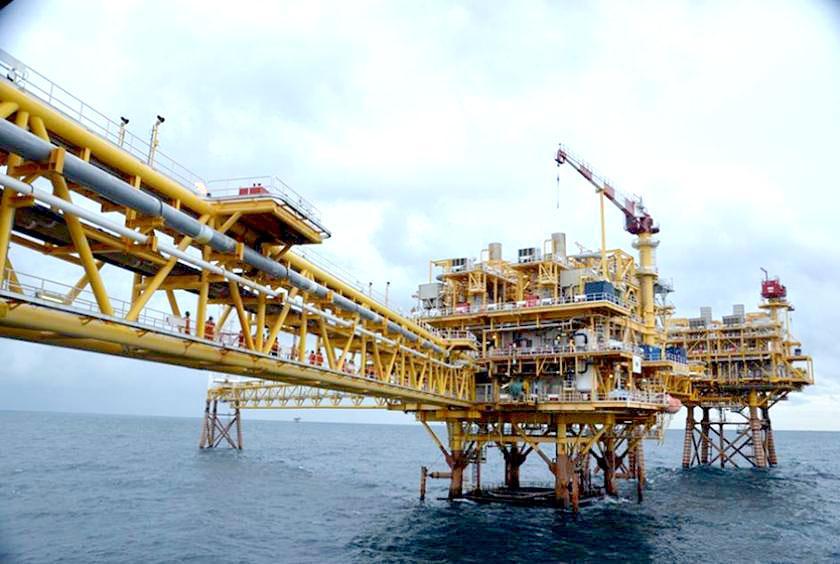
Electricity generation can have numerous negative environmental effects, depending on the energy source and the technology used.
These impacts can affect air, water, land, and ecosystems, leading to significant environmental and health challenges.








Here is a detailed overview of the negative environmental effects of various electricity generation methods:
1. Fossil Fuels (Coal, Oil, and Natural Gas)
Air Pollution:
Greenhouse Gas Emissions: Burning fossil fuels releases significant amounts of CO₂, a major contributor to global warming and climate change.
Sulfur Dioxide (SO₂): Leads to acid rain, which can harm ecosystems, soil, and water bodies.
Nitrogen Oxides (NOₓ): Contributes to smog and respiratory problems.
Particulate Matter (PM): Causes respiratory and cardiovascular diseases.
Mercury and Other Heavy Metals: Toxic pollutants that can accumulate in the food chain.
Water Pollution:
Thermal Pollution: Discharge of heated water from power plants can disrupt aquatic ecosystems.
Coal Ash: Contains toxic substances like arsenic, lead, and mercury that can leach into groundwater.
Land Degradation:
Mining: Coal mining and oil extraction can lead to habitat destruction, soil erosion, and landscape changes.
Spills and Leaks: Oil spills and natural gas leaks can cause severe environmental damage.
2. Nuclear Power
Radioactive Waste:
Spent Fuel: Highly radioactive waste that requires secure, long-term storage.
Radioactive Leaks: Accidental releases of radioactive materials can have long-lasting environmental and health effects.
Water Use:
Cooling Water: Nuclear plants require large amounts of water for cooling, potentially affecting local water supplies and ecosystems.
Accidents:
Nuclear Accidents: Incidents like Chernobyl and Fukushima have devastating and long-lasting environmental impacts.
3. Hydropower
Ecosystem Disruption:
Habitat Loss: Flooding large areas for reservoirs can destroy forests, wildlife habitats, and agricultural land.
Fish Migration: Dams can block migration routes for fish, affecting populations and biodiversity.
Water Quality:
Sedimentation: Dams trap sediment, reducing water quality downstream and affecting aquatic habitats.
Temperature Changes: Water temperature changes can disrupt local ecosystems.
4. Wind Power
Wildlife Impact:
Bird and Bat Mortality: Wind turbines can cause fatalities among birds and bats.
Noise and Visual Impact:
Noise Pollution: Turbines generate noise that can affect nearby residents.
Aesthetic Impact: Large wind farms can alter landscapes and impact local communities and tourism.
5. Solar Power
Land Use:
Large Footprint: Solar farms require significant land area, which can lead to habitat loss and land degradation.
Impact on Ecosystems: Large-scale solar installations can disrupt local ecosystems.
Resource Use:
Water Use: Solar thermal power plants require water for cooling.
Material Use: Manufacturing solar panels requires raw materials, which can have environmental impacts.
6. Biomass
Air Pollution:
Emissions: Burning biomass releases CO₂ and other pollutants, though it’s considered carbon-neutral if sourced sustainably.
Land Use:
Deforestation: Unsustainable sourcing of biomass can lead to deforestation and habitat loss.
Water Use:
Water Consumption: Growing biomass crops can require significant water resources.
7. Geothermal
Water Use:
Water Consumption: Geothermal plants use water for cooling and reinjection into the earth.
Land Degradation:
Land Subsidence: Extracting geothermal fluids can lead to land subsidence.
Chemical Releases:
Toxic Substances: Geothermal fluids can contain harmful chemicals like hydrogen sulfide and arsenic.
Conclusion
Electricity generation from various sources can have substantial negative environmental impacts. These include air and water pollution, greenhouse gas emissions, land degradation, habitat destruction, and biodiversity loss. Addressing these impacts involves implementing cleaner technologies, adopting sustainable practices, and enforcing stringent environmental regulations to minimize the environmental footprint of electricity generation.

Leave a Reply